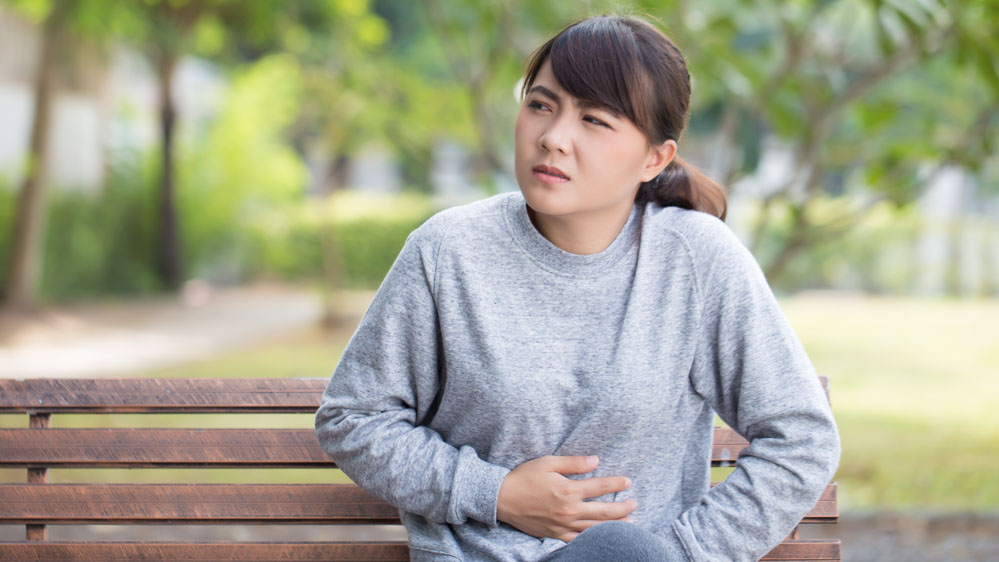Gallstones and Gallbladder Disease: Symptoms and Treatment
A small organ tucked under the liver, the gallbladder can cause big problems. In a healthy digestive system, the gallbladder stores bile, a liquid made by the liver that helps digest fat and certain vitamins. After a meal, your body signals the gallbladder to release bile into the small intestine where it mixes with food. The bile ducts carry bile from the gallbladder to the intestine.
Gallbladder disease is any condition that affects the gallbladder or the ducts that carry bile.
Many digestive health problems can be managed by your primary care provider. Find a provider accepting new patients. If necessary, he or she can refer you to one of our board-certified gastroenterologists.

What Is Gallbladder Disease?
Gallbladder disease is any condition that affects the gallbladder or the ducts that carry bile.
There are various types of gallbladder disease, with gallstones, bile duct stones and acute cholecystitis — swelling and inflammation of the gallbladder that occurs when bile is trapped inside — among the most common.
Gallstones are small, hardened bits of cholesterol and/or bilirubin, a substance found in bile. They can be as small as a pencil point and as large as a ping-pong ball. Someone with gallstones can have one large stone or multiple smaller ones. Gallstones that pass into the bile ducts are called bile duct stones.
Women are more likely to develop gallstones than men, and older people are more likely to develop stones than younger people. If you have a first-degree relative — a parent, sibling or child — with gallstones, you’re more likely to have them. Obesity and rapid weight loss are also linked to gallstones.
Gallbladder polyps, a less common form of gallbladder disease, are growths inside the gallbladder. In rare cases, these polyps can be cancerous.
What Are the Symptoms of Gallbladder Disease?
Symptoms vary by condition. But people with gallbladder disease may experience sharp pain on the right side of the abdomen especially after eating a fatty meal. Heartburn, indigestion, gas, excessive diarrhea, nausea and abdominal tenderness are also common.
Acute cholecystitis can cause pain in the upper part of the belly, as well as nausea and vomiting.
If a gallstone is pushed into a bile duct, you may experience:
- Fever and chills
- Jaundice
- Nausea and vomiting
- Sudden, severe abdominal pain
These symptoms require treatment as soon as possible.
How is Gallbladder Disease Treated?
Gallstones may not need treatment if they are not causing any pain. In fact, although 1 million Americans are diagnosed with gallstones each year, only 25% of them will need treatment.
If you do experience symptoms, your physician may perform blood tests and order ultrasound imaging, which uses painless sound waves to create a picture of your organs. The doctor can then see and identify the gallstones inside the gallbladder.
One of the most common ways to treat gallstones is surgery to remove the gallbladder through a procedure called cholecystectomy, or gallbladder removal. Most gallbladder removals are performed laparoscopically, which involves several small holes in the abdomen as opposed to one large incision. Patients can often go home on the same day as their surgery. If your gallbladder is badly infected or you have scarring from other operations, you may need an open surgical procedure. Talk to your doctor about the best surgical choice for you.
Bile duct stones can cause infection and damage to other organs and often require treatment. They can be diagnosed and treated with a procedure called endoscopic retrograde cholangiopancreatography (ERCP). Your physician will pass a small camera called an endoscope through your mouth and onto your small intestine to find and remove any stones in your bile ducts.
